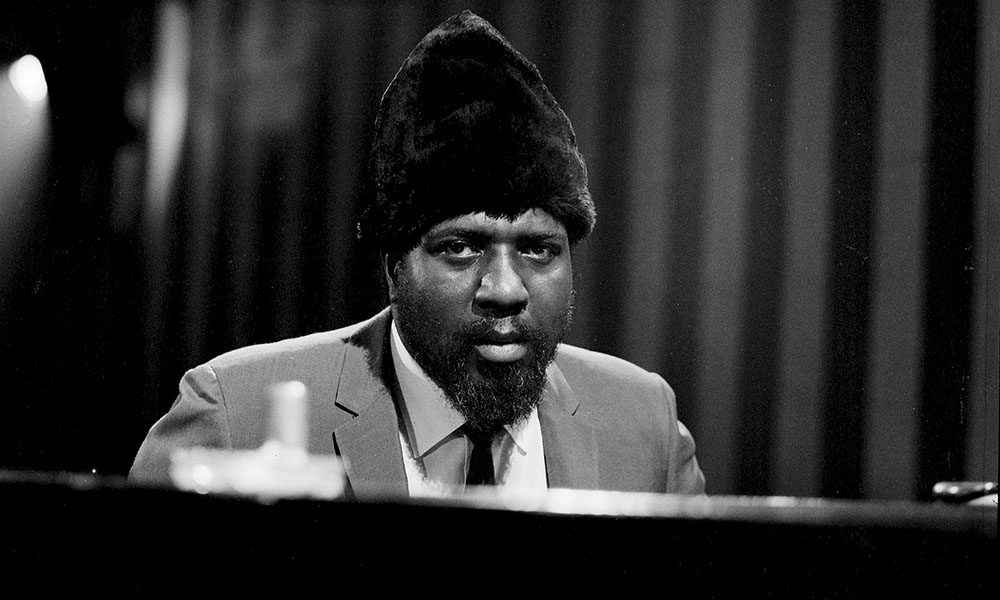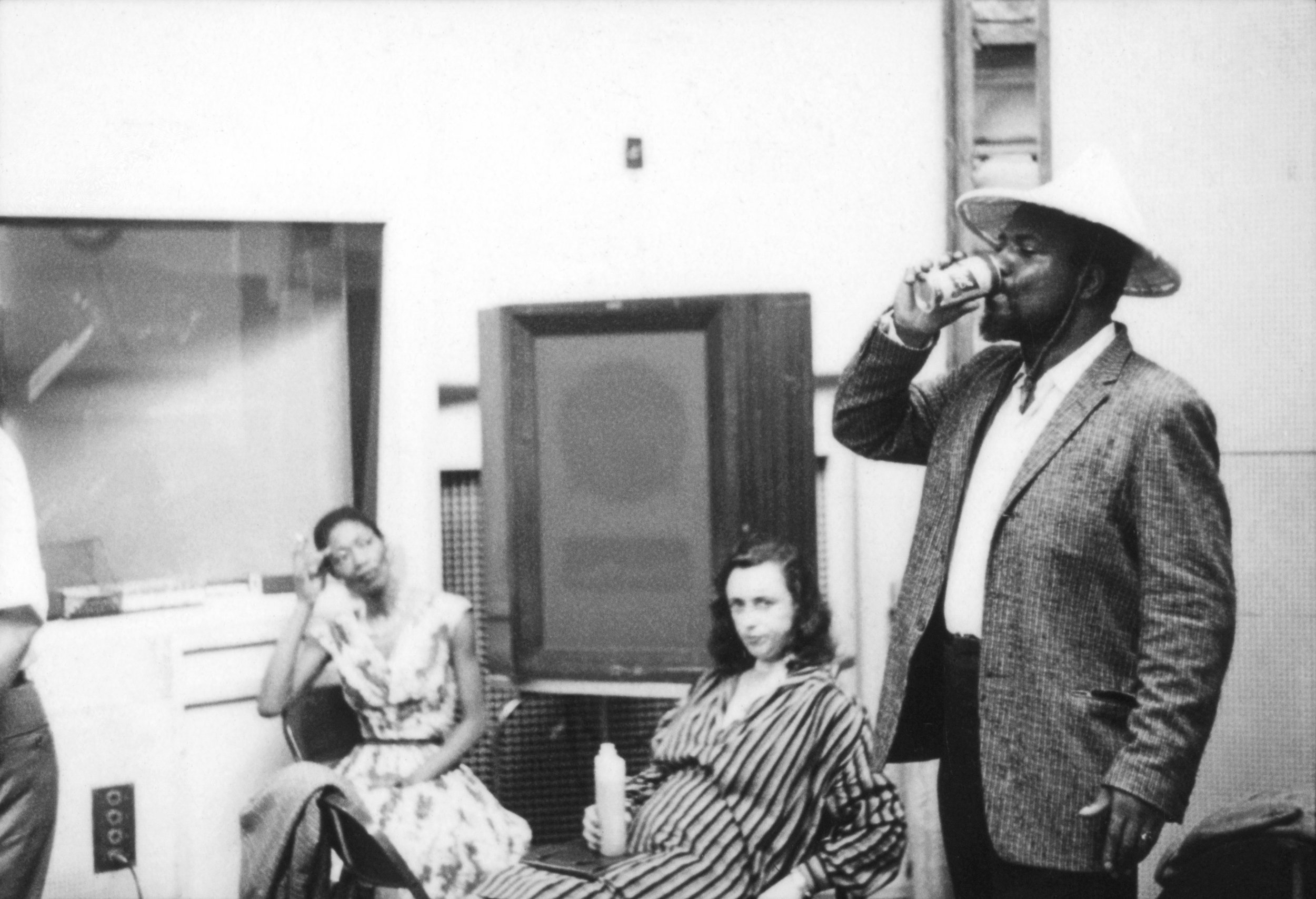

If you haven’t attended classes or studied the piano in an official setting such as a school, you can definitely call yourself self-taught.Įven following a full course such as the Pianu academy, you are still “self-taught” due to the fact that you have had to go it alone. If you have learned by seeking out information online, following tutorials or even a curriculum put together by someone else, you are definitely a self-taught musician. You may or may not follow a specific course or curriculum, but the key is that nobody is there in person specifically showing you the steps to play the piano. Instead of employing a piano teacher to take you through it step-by-step, you can use learning materials to find things out for yourself. Most people’s definition of “self-taught” or self teaching piano is simply having no experienced pianist in the room with you to guide you through the process. It would take you a lifetime to work out the piano with no help from any learning materials. The first time you hear the term “self teaching” you might think of someone sitting at a piano, painstakingly working out what each note is, and gradually piecing together a song “by ear”.
Young thelonious monk how to#
If you are new to the piano you might think “wow, this is impressive, someone has taught themself how to play the piano!” But it might not be as impressive (or unattainable) as it first seems. It is definitely more than possible to teach yourself almost any instrument, but what is meant by the term “self-teaching”? To properly understand whether self teaching piano is possible you need to fully understand what the term means. A lot of people assume that playing the piano is a bit too difficult to work out on your own and that you will, in fact, need a teacher in order to help you out. Can it be done? There is always something very impressive about hearing that someone is “self taught” when it comes to any instrument. In 1964, Monk became one of four jazz musicians ever to grace the cover of Time Magazine.Self teaching piano.


By 1962, Monk was so popular that he was given a contract with Columbia Records, a decidedly more mainstream label than Riverside. Enjoying huge success, they went on to tour the United States and even make some appearances in Europe. In 1957, the Thelonious Monk Quartet, which included John Coltrane, began performing regularly at the Five Spot in New York. With the release of two more Riverside masterworks, Thelonious Himself and Thelonious Monk with John Coltrane, Monk finally received the acclaim he deserved. The album's title track made a splash with its innovative, technically demanding, and extremely complex sound, which had to be edited together from many separate takes. Not content to pander ineffectively to a nonexistent audience, Monk turned a page with his 1956 album, Brilliant Corners, which is usually considered to be his first true masterpiece. There, he attempted to make his first two recordings more widely accessible, but this effort was poorly received by critics. As Monk saw it, "The piano ain't got no wrong notes!" Though widespread recognition was still years away, Monk had already earned the regard of his peers as well as several important critics.īecause Monk's work continued to be largely overlooked by jazz fans at large, Prestige sold his contract to Riverside Records in 1955. Monk made a total of five Blue Note recordings between 19, including "Criss Cross" and "Evidence." These are generally regarded as the first works characteristic of Monk's unique jazz style, which embraced percussive playing, unusual repetitions and dissonant sounds. Monk didn't record under his own name, however, until 1947, when he played as the leader of a sextet session for Blue Note. Monk's first known recording was made in 1944, when he worked as a member of Coleman Hawkins's quartet. Alongside Charlie Parker and Dizzy Gillespie, he explored the fast, jarring, and often improvised styles that would later become synonymous with modern jazz. In 1941, Monk began working at Minton's Playhouse in Harlem, where he joined the house band and helped develop the school of jazz known as bebop.


 0 kommentar(er)
0 kommentar(er)
